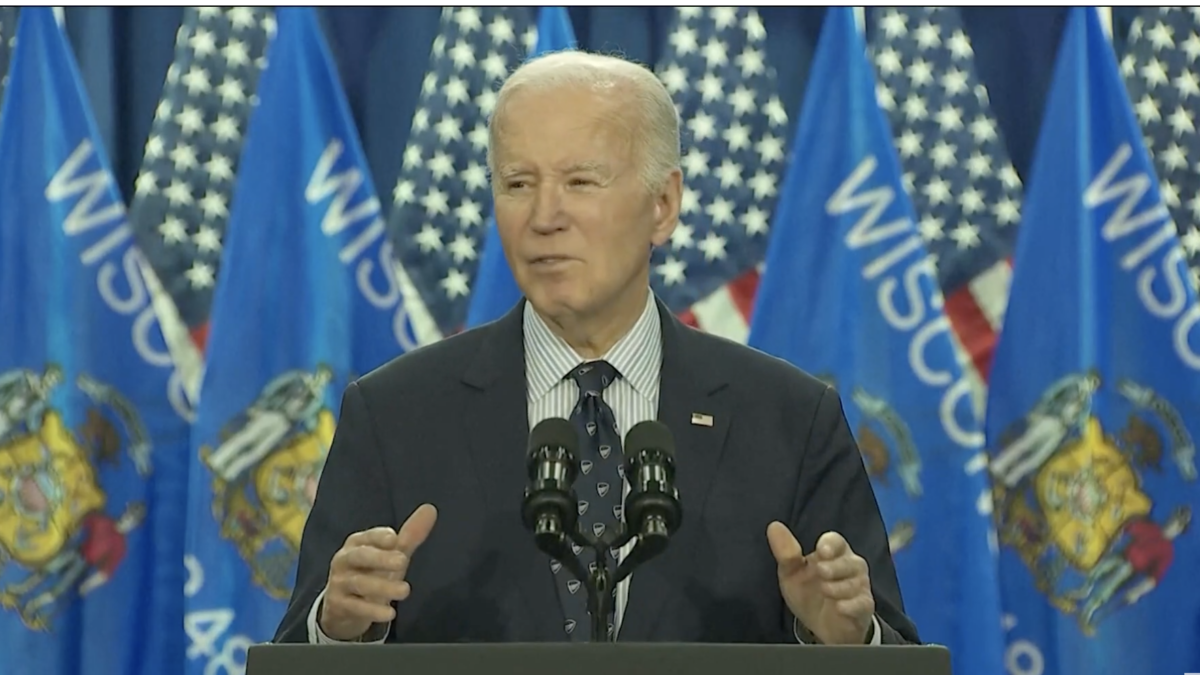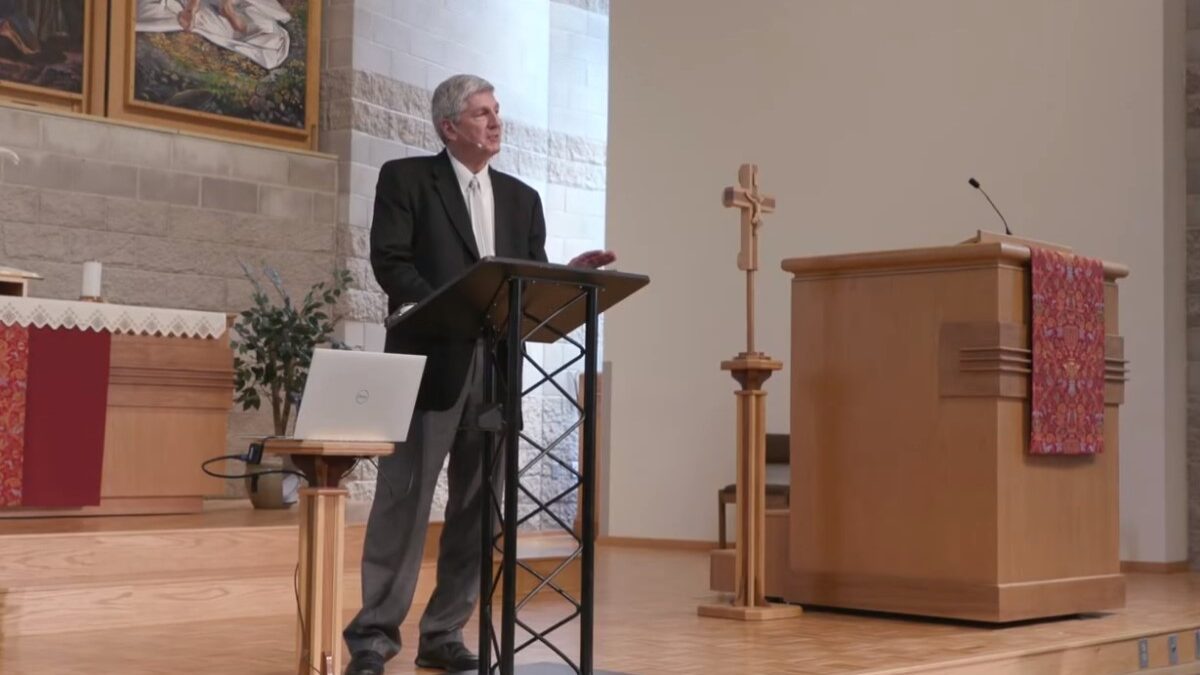A new paper from the James G. Martin Center for Academic Renewal offers universities recommendations on the use of trigger warnings that in essence tell campuses: don’t use them.
“Trigger warnings have been enormously controversial,” the center wrote. “According to some estimates, around 51 percent of academics use trigger warnings. Some universities have begun to require that faculty use trigger warnings before they present potentially sensitive material. However, study after study has found them ineffectual.”
Worse, the center continued, “trigger warnings have been used to shield students from merely controversial ideas. And such warnings have been placed on many widely-read books and plays.” Examples include Mark Twain’s “Huckleberry Finn” and F. Scott Fitzgerald’s “The Great Gatsby.”
If universities do choose to move forward with their employment of trigger warnings, the North Carolina-based non-profit gives institutions a blueprint on how to use the policies to mitigate academic consequences.
Here are the paper’s five recommendations:
- Strongly discourage the use of trigger warnings but allow instructors to choose whether to include them on their syllabi or in courses.
- Make all syllabi public, preferably months ahead of the course or module. Allow individual students to decide on their own whether they can handle a specific content.
- Never require instructors to use trigger warnings.
- Adopt a statement in support of free expression (e.g. The Chicago Principles).
- Defend instructors who teach controversial topics.
The Martin G. Center highlighted the University of Chicago’s 2016 letter to incoming students denouncing the use of trigger warnings on campus as a model policy.
Recent research has shown trigger warnings indeed appear to do more harm than good. According to a 2019 Harvard study, respondents who were presented with trigger warnings prior to reading sensitive material reported higher levels of anxiety as opposed to those who weren’t. The paper’s authors theorized that those exposed to the trigger warning were primed to fear what was coming next and only served to reinforce a past trauma.









